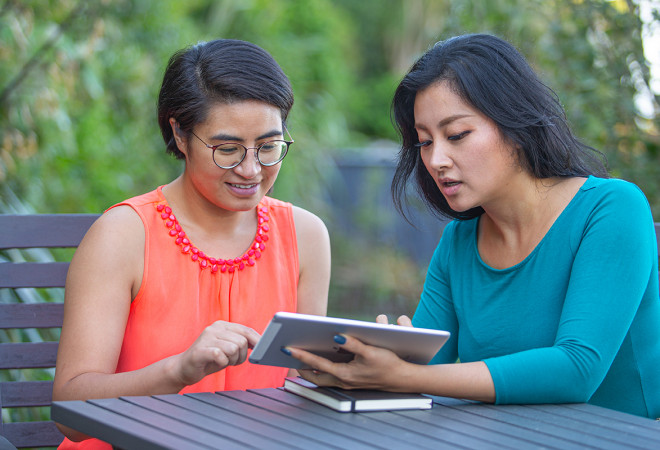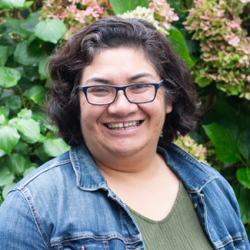
Le Niu Project – Strengthening and supporting Pacific education pathways and communities
Status
Project Details
The project aimed to empower and uplift Pacific communities, particularly those in underserved areas, by fostering community engagement, partnership, and education support.
Through a comprehensive analysis, we researched into the various aspects of the project, examining the enablers that contributed to its success, the methods employed for community engagement, and the outcomes achieved.
The overarching goals of the Le Niu project were to identify the enablers that facilitated community involvement, explore the methods employed to engage the community and analyse the responses received.
The report sheds light on the short-term and long-term community engagement strategies implemented, the establishment of partnerships, and the overall community response to the project.
Aims
Discover how to establish and maintain a consistent relationship with Pacific communities.
- Identify the enablers. How were the community engaged? How were they brought together?
Identify and understand the things that make Le Niu a strong Pacific model
- What kinds of responses were made about short term and long-term community engagement, partnership, and community engagement?
Use recommendations from this research for similar Pacific projects in the future.
- What alignment is there between the information that was collected and the long-term plan for Pacific education and wellbeing?
- How will this teach, aid and support Pacific vocation and education?
Methodology
Le Niu research built off two fono, funded by the Ministry of Education’s Pacific Education Innovation Fund (PEIF), which ran in Northland in 2021.
A mixed-methods approach captured both quantitative survey data (using the survey that was developed for previous fono); and qualitative data collected at two new fono with Pacific communities in Kaitaia/Te Hiku and Whangārei/Tai Tokerau.
The survey and talanoa research (Vaioleti, 2006) allowed fono participants to tell their stories, give their views and ideas for the future of education in their region.
Qualitative data was gathered at focus group talanoa with these reports back being captured on video.
Team

Clark Tuagalu
Research Leader
Independent Researcher/Evaluator
Saylene Tanielu-Ulberg
Project Co-lead
Ako AotearoaStatus
Funding
$15,500.00 (excl GST)
Expected outputs
Professional Learning and Development Program:
Participation in workshops and courses aligned with our research themes. For more information, visit the Ako Aotearoa Professional Learning page.
Online Platforms:
Publishing findings on Ako Aotearoa’s Knowledge Centre.
Organising webinars, with specific details to be determined.
Networking and Collaboration:
Using networking opportunities at these events to establish connections and potential collaborations.
Broadening Reach:
Exploring additional dissemination channels such as academic journals, educational blogs, and community newsletters.
Final Report Inclusions:
The final report will include a detailed plan with specific events, dates, and formats.
Outcomes
Key Recommendations for Future Community Engagement Activities:
Strengthen Relationship Building:
Prioritise building solid relationships with community members by fostering trust, active listening, and open communication channels. This foundation of trust will enhance community engagement and ensure long-term collaboration.
Tailor Approaches:
Recognise the diversity within the community and tailor engagement strategies to meet the specific needs, interests, and cultural contexts of different groups. Embrace a flexible, inclusive approach that respects and values all community members' unique perspectives and contributions.
Invest in Capacity Building:
Provide opportunities for capacity building within the community by offering training, workshops, and resources to empower individuals and community organisations. Strengthening their skills and knowledge will enable them to participate in community initiatives actively.
Enhance Communication Strategies:
Develop clear and effective communication strategies that reach all community members. Utilise various channels, including face-to-face meetings, digital platforms, social media, and community networks, to ensure information is accessible and disseminated widely.
Foster Collaboration:
Encourage collaboration and partnerships between community members, organisations, and stakeholders. Create platforms and spaces for dialogue, idea-sharing, and joint decision-making, fostering a sense of ownership and collective responsibility.
Incorporate Continuous Evaluation and Feedback:
Establish mechanisms for ongoing evaluation and feedback to monitor the effectiveness and impact of community engagement activities. Regularly assess the outcomes and adjust strategies accordingly to ensure continuous improvement.
Empower Underrepresented Groups:
Prioritise the needs and voices of underrepresented and marginalised groups within the community. Take proactive measures to ensure their inclusion, participation, and representation in decision-making processes.
Promote Resource Mobilization:
Seek and secure financial and non-financial resources to support community engagement activities. Actively collaborate with funding agencies, government bodies, and private sector organisations to access resources that align with community priorities.
Foster Sustainable Partnerships:
Build sustainable partnerships with relevant stakeholders, including local government, educational institutions, community organisations, and businesses. By forging strong alliances, stakeholders can share resources and maximise collaborative efforts for long-term community development. This recommendation emphasises building partnerships and fostering collaborative relationships among organisations, community members, and key stakeholders. By working together, pooling resources, and leveraging collective expertise, the community can achieve more significant impact and sustainability in its development initiatives. Collaboration enables sharing of knowledge, skills, and resources, leading to innovative solutions, increased efficiency, and a holistic approach to community development. By actively fostering these alliances, stakeholders can enhance their capacity to address community needs and drive positive change.
Share Best Practices and Lessons Learned:
Encourage exchanging knowledge and spreading successful strategies from productive community engagement activities. Facilitate networking opportunities and platforms where communities can learn from one another's experiences and replicate practical approaches.
Implementing these key recommendations will contribute to more meaningful and impactful community engagement activities, fostering a sense of ownership, empowerment, and sustainable development within the community.